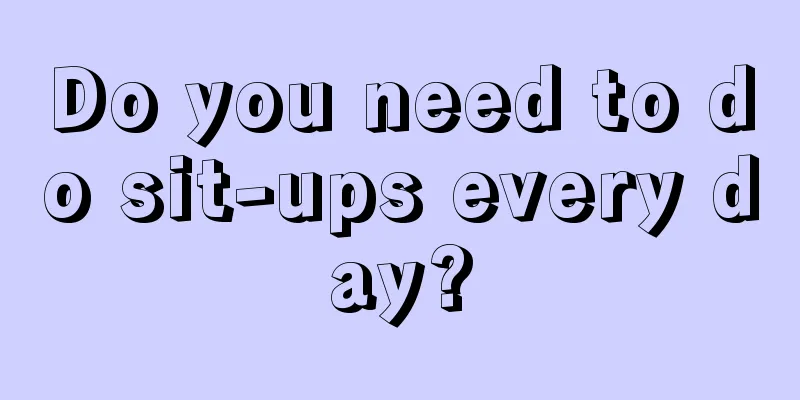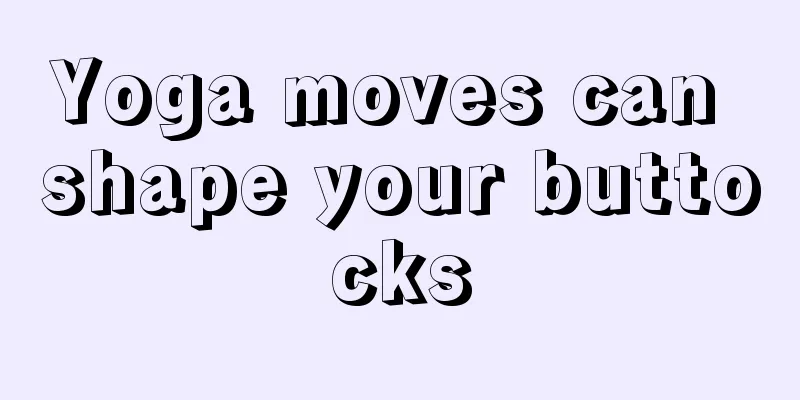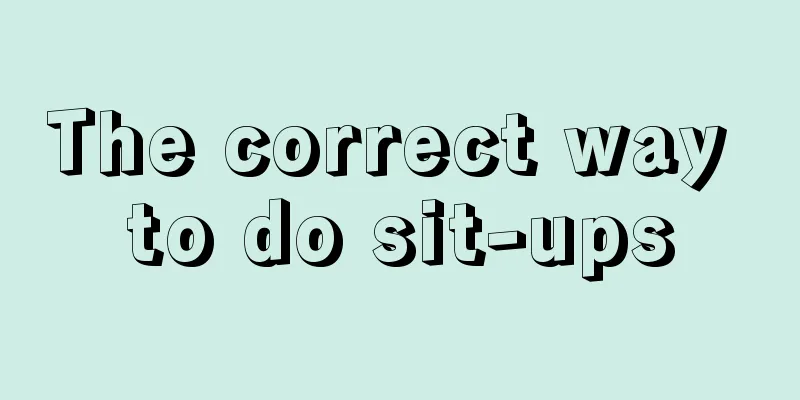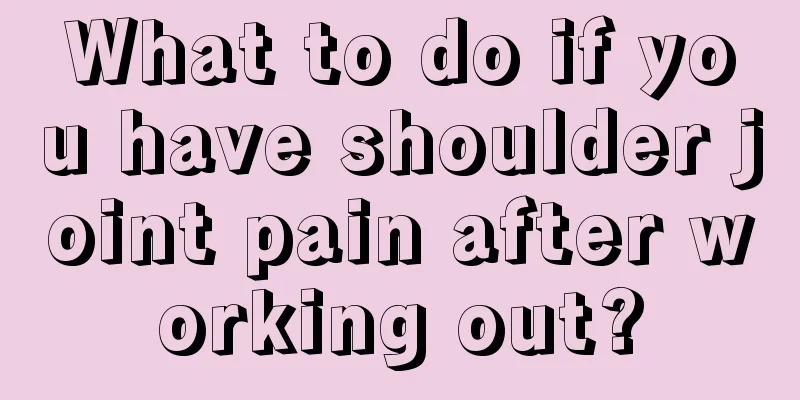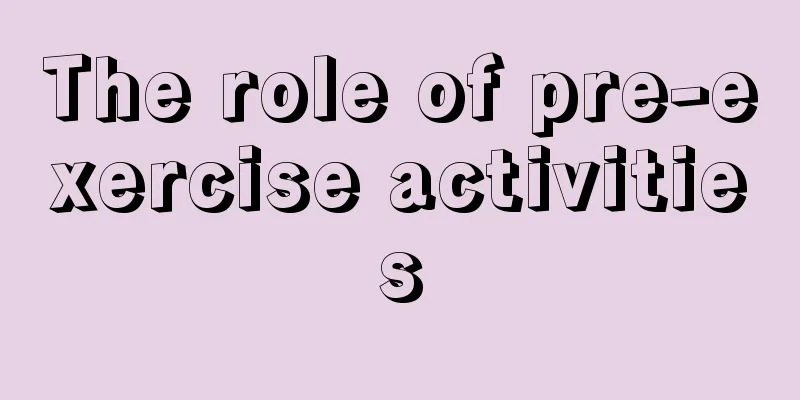How to Play Pool
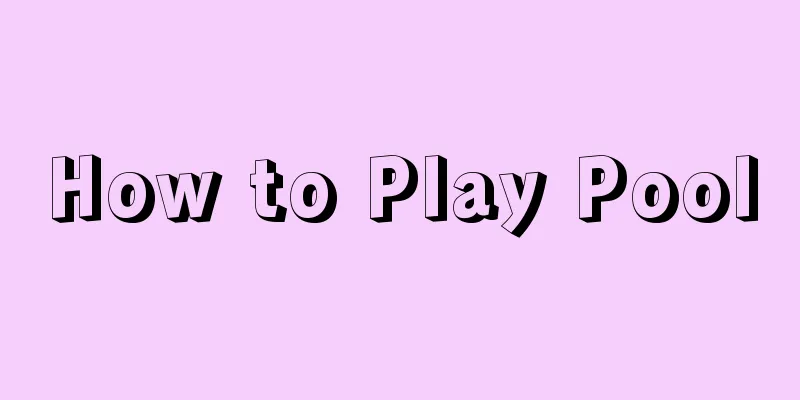
|
Billiards is a favorite of many people, especially many boys like to play billiards. Billiards is very helpful to improve all aspects of the human body, and you can rest assured when choosing it. But how to play billiards? Many people don’t know much about this issue. Playing billiards also requires some methods and techniques. When choosing it, you must have a good understanding of it. As for how to play billiards specifically, you can also get detailed consultation. Some beginners can also learn from experienced people, so that when practicing billiards, they can easily learn it, making playing billiards easier. How to play pool: Billiards game equipment 1. Pool table The specifications and dimensions of the table vary from place to place. Generally, the length is required to be twice as large as the width. The large ones are 4 meters x 2 meters, and the small ones are 2 meters x 1 meter. In the world's regular championships, the table specifications are 2.74 meters long and 1.37 meters wide. The table top is required to be flat, with a straight, seamless dark green tweed cloth laid on the rubber mat. There are 6 pockets in the four corners of the table and in the middle of the siderails. 2. Billiards The diameter of a billiard ball is 64 mm, and there is a cue ball and 15 object balls. The cue ball is white. When hitting the ball, you use a bat to hit the cue ball, and rely on the power of the cue ball to hit the target ball into the pocket. If the cue ball goes into the pocket with it, there will be a penalty point. The other 15 target balls are each painted with different numbers and stripes to facilitate identification by the hitter. During the game, the target balls must be placed in the triangular frame in the order of their numbers according to the rules, and pushed to the end. Only when the balls in the frame are stationary can the triangular frame be gently removed. Other equipment for billiard games include billiard bats, billiard racks, chalk bags and chalk blocks. Basic rules of billiards Rotating game rules. The contestant must first pocket ball No. 1, and then pocket the balls one by one in number order from 2 to 15 (the balls may not be pocketed beyond the number order, and even if other balls are pocketed unintentionally, they must be taken out and replaced at the end). Scoring is based on the numbers. If ball No. 11 is pocketed, you get 11 points, and so on. When the cue ball collides with the smallest numbered object ball, the score gained by pocketing another object ball is valid. If the cue ball falls into the pocket or jumps out of the table, the opponent will serve from behind the head line. The target ball with the smallest number on the table that is outside the head line does not need to be reset, but the one inside the head line must be relocated to the tail point. 8-Ball game rules. The contestant decides the number of the ball he hits and the position of the pocket according to the number of the ball pocketed at the tee time. For example, if the most advanced ball is a number between 1 and 7, the target balls from 1 to 7 should be hit into the pocket on the right side of the head column in sequence. The remaining balls from 9 to 15 should be hit into the pocket on the left side of the head column. After all the balls are pocketed, the first person to pocket the number 8 ball wins. If the target ball is hit out of the table, in addition to resetting it, the ball with the closest number among the balls that have been pocketed must be reset at the tail point. If the cue ball is hit out of the table, a penalty will be imposed to take out and reset the three balls with similar numbers; the target ball must also be reset if it is put into the wrong pocket. “14, 1” continuous game rules. The kicker must pot a "called ball" (the ball selected by the player to be potted before hitting the ball) into the pocket, or hit the cue ball and two target balls into the rubber on the edge of the fence. If the above requirements are not met, a penalty of 2 points will be imposed. The opponent has the right to choose between "accepting the situation after being hit" or "requesting a restart". If the two target balls are hit to the rubber edge and the cue ball goes into the pocket, a penalty of 1 point will be imposed, and the other party who serves next will get a "handball" (the cue ball can be placed at any point behind the head line to serve). The score obtained by the competitor must be the "called ball" that he declares to hit into the pocket before hitting the ball. If you pocket other balls at the same time, you also score. When only one of the 15 target balls is left, the 14 balls that have been pocketed are taken out and replaced for the second set of ball shots. If the last unpocketed ball rolls into the range of the triangle, move it to the head point. If the cue ball and the last target both stop at the racking position, then all 15 target balls must be re-racked and the cue ball must be hit from behind the head line. When the cue ball blocks the rack and the last target ball is above the head line, the 14 target balls are racked as usual and the cue ball can be hit at any position after the head line. How to hit the ball in billiards Center strike. This is the most commonly used strike. The hitting point is in the center of the cue ball. Using this basic stance, align the height of the cue tip with the center point of the cue ball and then hit the ball. Follow-up method. Also called the follow-up shot, this shot allows the cue ball to roll in the direction of the target ball after it hits it. The position of the cue ball can be adjusted to select the appropriate angle for the next shot. The batting stance is the same as the center shot. Move your fingertips slightly toward your palm to form a higher hand stance, and the hitting point should be about the tip of the stick away from the center of the cue ball. It should be noted that if the target ball is close to the edge of the pocket, using this method of hitting will most likely cause the cue ball to roll into the pocket along with the target ball and perish together. The whipping method. Also called the backward strike method. That is, the cue ball hits the target ball and then rolls back. The method is: spread your fingers, lower your hand position, and hit the point as low as possible below the center of the cue ball. Do not raise the right hand holding the stick, and keep the stick horizontal. Rotational hitting method: ① Left-hand hitting method: Same as the center hitting method, but slightly tilt the hand frame to the left, and take the position to the left of the center point of the cue ball as the hitting point. After the cue ball is hit, it moves in an arc to the left in a clockwise direction. ② Right-handed hitting method: Opposite to the left-handed hitting method, the hand frame is tilted to the right, and the position to the right of the center point of the cue ball is taken as the hitting point. The hit cue ball moves along the right arc and rotates counterclockwise. Sidebar hit method. When a target ball is close to the side fence, use a spinning shot or a center shot, depending on the angle between the cue ball and the target ball, to make the cue ball hit the side fence and the target ball go along the fence and into the pocket. Use the opponent's force to strike. It means that one target ball uses the force of the cue ball to drive another or more target balls to achieve the goal of pocketing the ball. When several target balls are arranged together, this method can be used to cause a chain reaction among the target balls. Blocking shot method: The target ball that is hit changes its direction and goes into the pocket due to the rebound force generated by the target ball in front or the edge of the fence. Rebound impact method: It is more difficult. It uses the rebound effect of the rubber on the edge of the fence to make the target ball fall into the pocket at a unique angle after hitting the edge of the fence once or multiple times. The batter should use the marks on the side of the fence to calculate the angle of the rebound. The method is: use your eyes to draw a dotted line between the target ball and the rubber edge, calculate the distance between points from the dotted line to the pocket, divide this distance by 2, and that is the impact point of the target ball and the edge of the fence. |
<<: Can you use your feet in volleyball?
>>: Abdominal exercise machine
Recommend
How many sit-ups do you need to do a day to lose weight?
Men pursue friendly abdominal muscles, and women ...
Is skipping rope effective for weight loss after childbirth?
Many pregnant women have lost their body shape du...
What is the 28-day yoga weight loss plan?
Although losing weight is not something that can ...
How much weight is too heavy for running?
Running is a very good way to keep fit. Regular r...
Can eating after exercise help you lose weight?
Eating is something people have to do every day. ...
What are the yoga exercises for losing weight and reducing belly fat?
Many people like to do yoga, especially some girl...
What is the best weight for dumbbell training for chest muscles?
The simplest equipment for training chest muscles...
What is the fitness dinner recipe?
More and more people are doing fitness now. First...
7-Day Yoga Steps for Weight Loss
Nowadays, many people are thinking about how to l...
How to prevent muscle loss during running?
Running is a very good fitness exercise and is no...
How long after a meal can I do strenuous exercise?
We cannot do strenuous exercise after a meal. Str...
What are some ways to build muscle?
For some people who have poor figure and excess f...
What to do if your thighs ache after exercise?
I wonder if many people, like me, experience leg ...
Indoor muscle building methods for men
With the popularization of the Internet in our li...
Do not drink water or take a shower immediately after exercise
After exercise, the body will be dehydrated to va...

